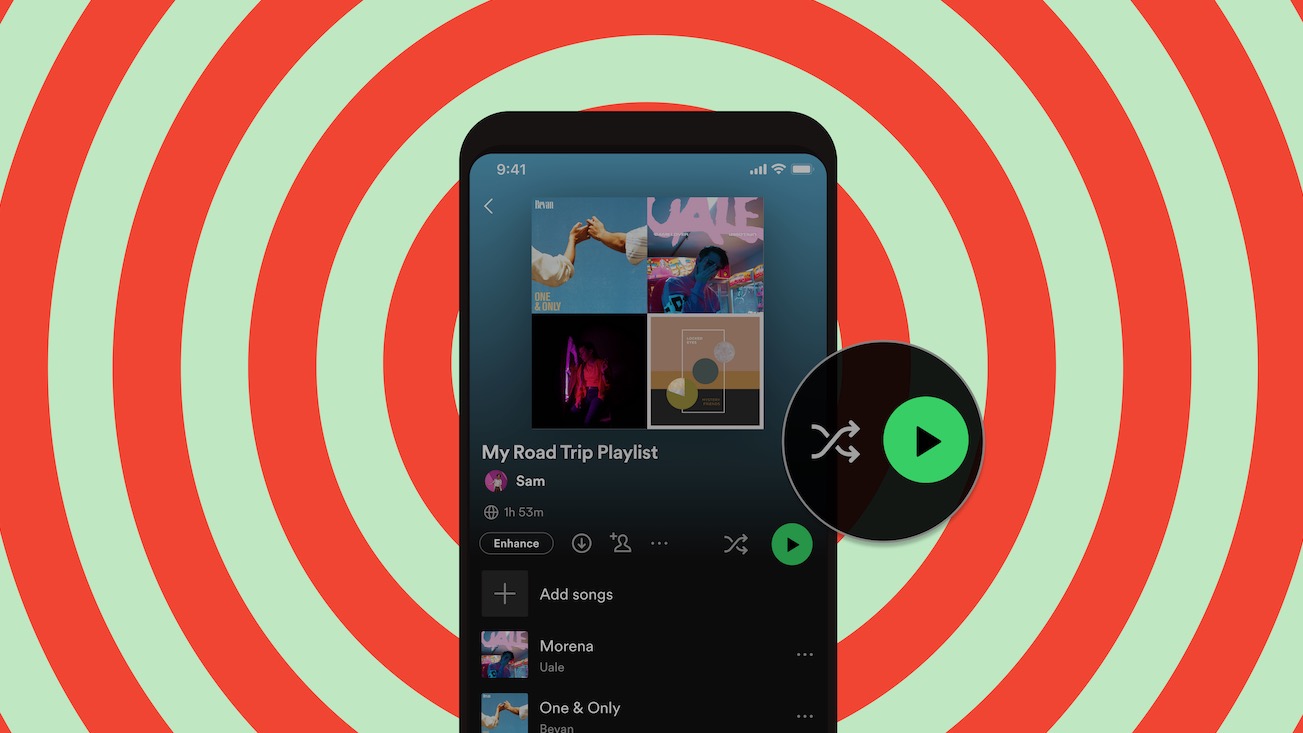What Hi-Fi? Verdict
LG’s top soundbar is only good enough to be at the bottom of your list
Pros
- +
Some warmth and weight
- +
Room-filling sound
- +
Some spatially adept audio
Cons
- -
Soft, woolly bass
- -
Lack of audio clarity
- -
Expensive
Why you can trust What Hi-Fi?
LG’s biggest play for your wireless TV sound to date comes in the four-box form of the LG SN11RG soundbar. It’s stacked with all the AV and audio mod cons, but the headline-grabbing features are its Dolby Atmos smarts, its modular form and the fact it’s tuned with the digital signal processing of British hi-fi brand Meridian Audio.
With four sets of upward-firing speakers and two, ‘wireless’ rear units, which sit diagonally behind your seating position, the LG Sound Bar SN11RG offers Dolby Atmos in its non-virtualised, genuine form and the fun of surround sound without all the cabling.
Build
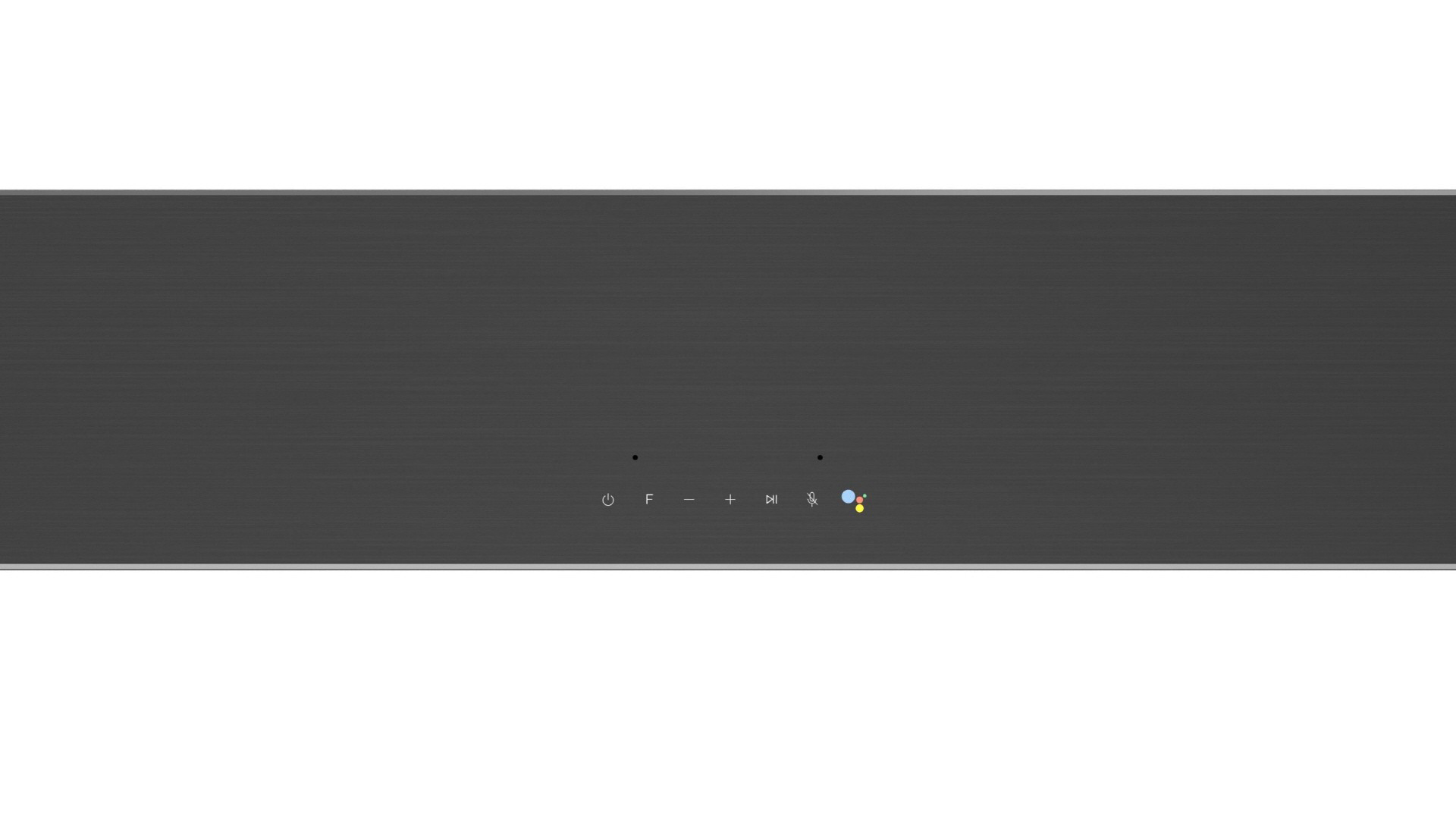
Like the JBL Bar 9.1, the SN11RG continues the trend towards a speaker package and soundbar hybrid. There are almost as many boxes, but no speaker cables and no home cinema amplifier to worry about here.
The set-up requires a certain level of commitment towards your AV sound, though. You’ll need to relocate your sofa away from the wall to position the rear speakers behind it and find a place for a large subwoofer. You will also need to house just short of a metre and a half’s worth of soundbar somewhere at the foot of your TV.
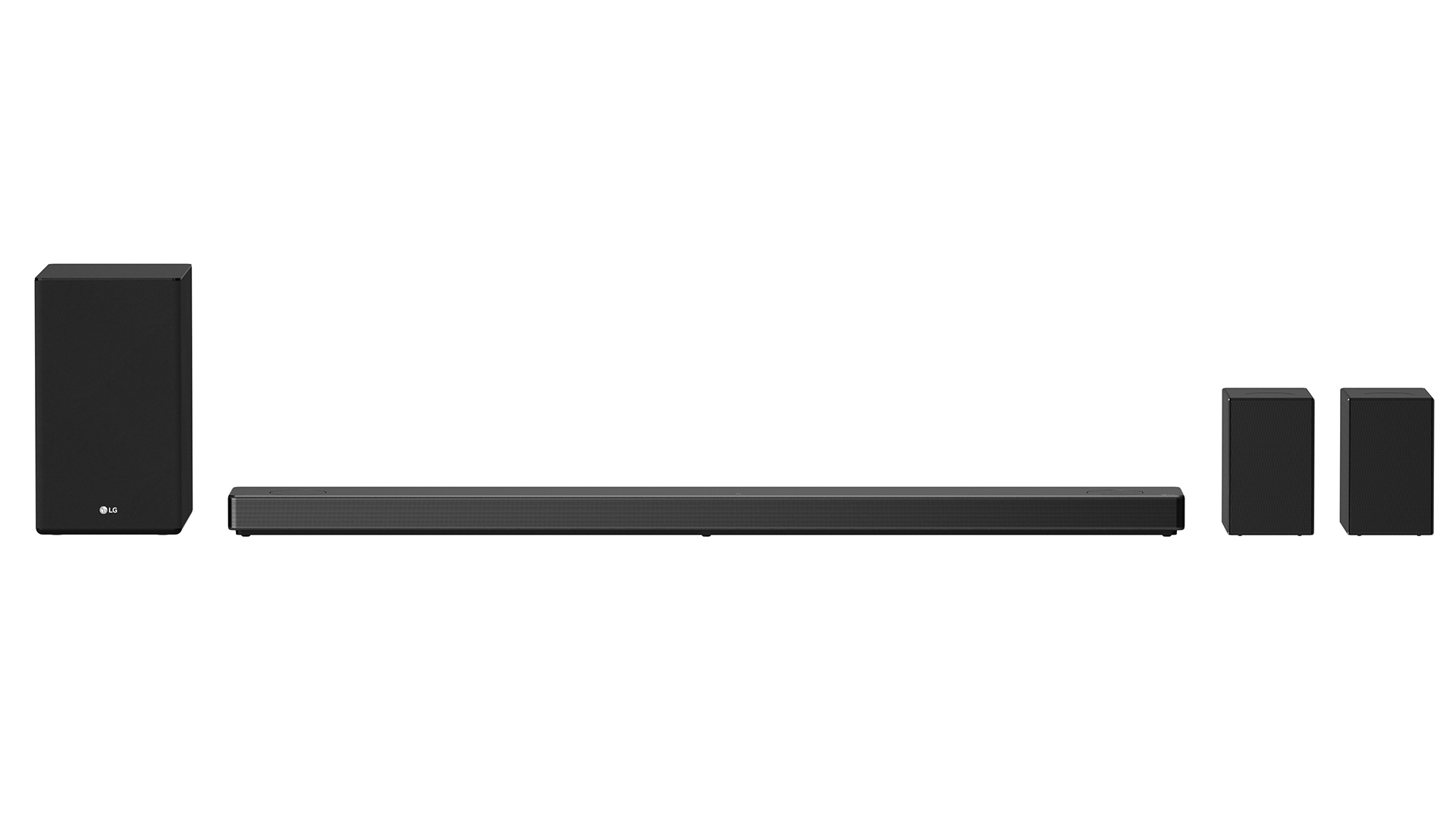
Bluetooth version 5.0
Inputs USB, 2x HDMI-in, HDMI eARC, optical, wi-fi
Google Assistant Yes
Dolby Atmos Yes
Hi-res Up to 24-bit/192kHz
Dimensions (main) (hwd) 6.3 x 144.3 x 14.6cm
Weight (main) 7.2kg
Dimensions (rears) (hwd) 21.1 x 13 x 19.1cm
Weight (rears) 5.3kg
Dimensions (subwoofer) 22.1 x 39 x 31.2cm
Weight (subwoofer) 7.8kg
Once you’ve done all that, you may even reflect upon the fact that for not much more money, you could buy a full speaker package and home cinema amp anyway. Still, an AVR and an eight-speaker set-up takes up even more room and, for some, this halfway house approach could be ideal.
The LG Sound Bar SN11RG is no small undertaking for size and space. The main unit is a sensible height of just 63mm, so will stay out of the way of most TV screens, but the soundbar’s length should be more carefully considered – at 144cm, you will need a decent section of sideboard or a generous TV unit. Brackets are included if you’d rather wall-mount it instead.
Inside that impressive girth is a centre channel, consisting of a 20mm silk dome tweeter and a 10cm woofer; left and right surround channels through laterally placed 10cm driver units on either end of the bar. On the top surface, firing upwards, are a pair of 6.4cm front Atmos speakers.
The subwoofer is a little simpler and, relatively speaking, not so big either. There’s a front-facing 18cm bass drive unit with a rear-facing port for back-up. You could just about sneak the sub underneath a side table if you wanted to try to hide it.
The two rear speakers have very much the same kind of stature as the sub, only in scaled-down boxes. Inside are 7.6cm units for the ‘rear’ (surround back) left and right channels and more 6.4cm drivers on top for the Atmos. Altogether, that's 15 drive units arranged into a 7.1.4-channel configuration.
It’s a fair amount to set up, but it’s all handled straightforwardly by the Google Home app – although the soundbar was occasionally reluctant to connect to our router during testing. The wireless hook up between the rears, the sub and the main unit barely needs thinking about. Just turn them on and the soundbar’s software does the rest. There are green lights on the rear to indicate that everything’s connected.
The only caveat is that neither the subwoofer nor the rear speakers are truly wireless. Just like the main soundbar, they will need a power outlet of their own which makes for a fair bit of socket use within a single room. Of course, that shouldn’t be an issue, but it is less neat than the battery-powered JBL Bar 9.1 solution.
Features
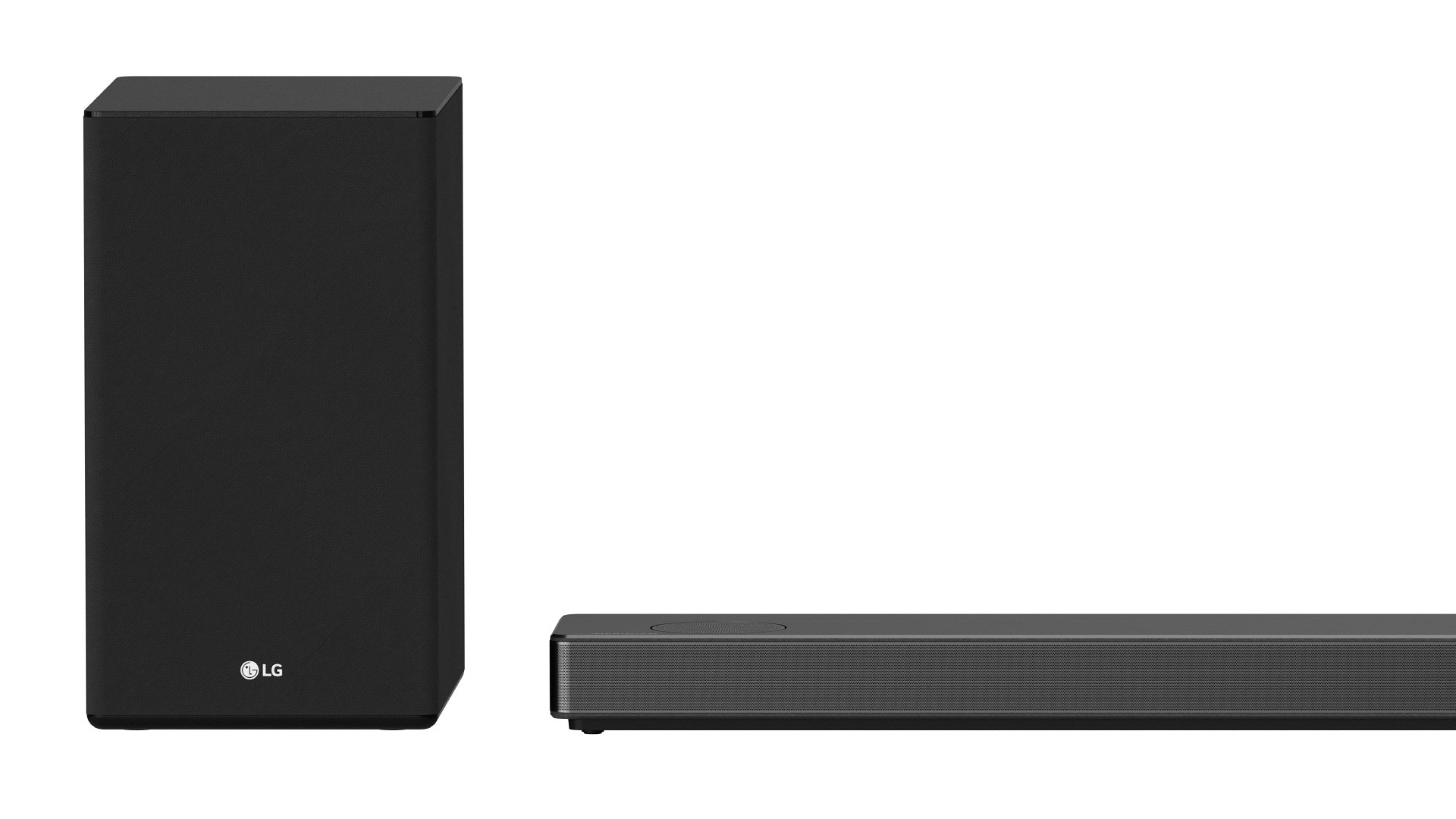
There's a wide range of connections, with optical, Bluetooth 5.0, wi-fi and USB all present. You can add three HDMI sockets, one of which supports eARC, to the list and all have 4K Dolby Vision pass-through. The only real oddity is the lack of an ethernet port.
It’s easy enough to switch inputs with the small, but well-formed, remote control, and all the modes, options and EQ settings are easily read on the bar’s LCD display. The LG Wi-Fi Speaker app is handy for more in-depth features such as Night Time mode and AV sync correction. You can also use your mobile to initiate AI room calibration, but we find that there is still a fair amount of fiddling to be done after this.
The more useful functions are the Google-connected facilities. The SN11RG is both Google Assistant and Chromecast-enabled, potentially making it a useful room-filling music player. We utter the ‘Hey Google’ wake words and ask the system to play our chosen playlists from our Spotify account. Casting audio from other devices and apps works without a glitch and those with hi-res content can enjoy audio of up to 24-bit/192kHz quality.
In Standard mode, music is played in stereo from the main bar with a little support from the sub, but flick the switch to Bass Boost and the rear speakers become involved too. There’s also a dedicated Music mode, which adds a little processing to maximise the attributes for music, though we stick with Standard for the best results.
There’s also an AI Mode that detects the source and automatically switches between Movie and Music settings. When playing Dolby Atmos film content, these audio modes are locked out to make sure that you get the full experience.
Sound
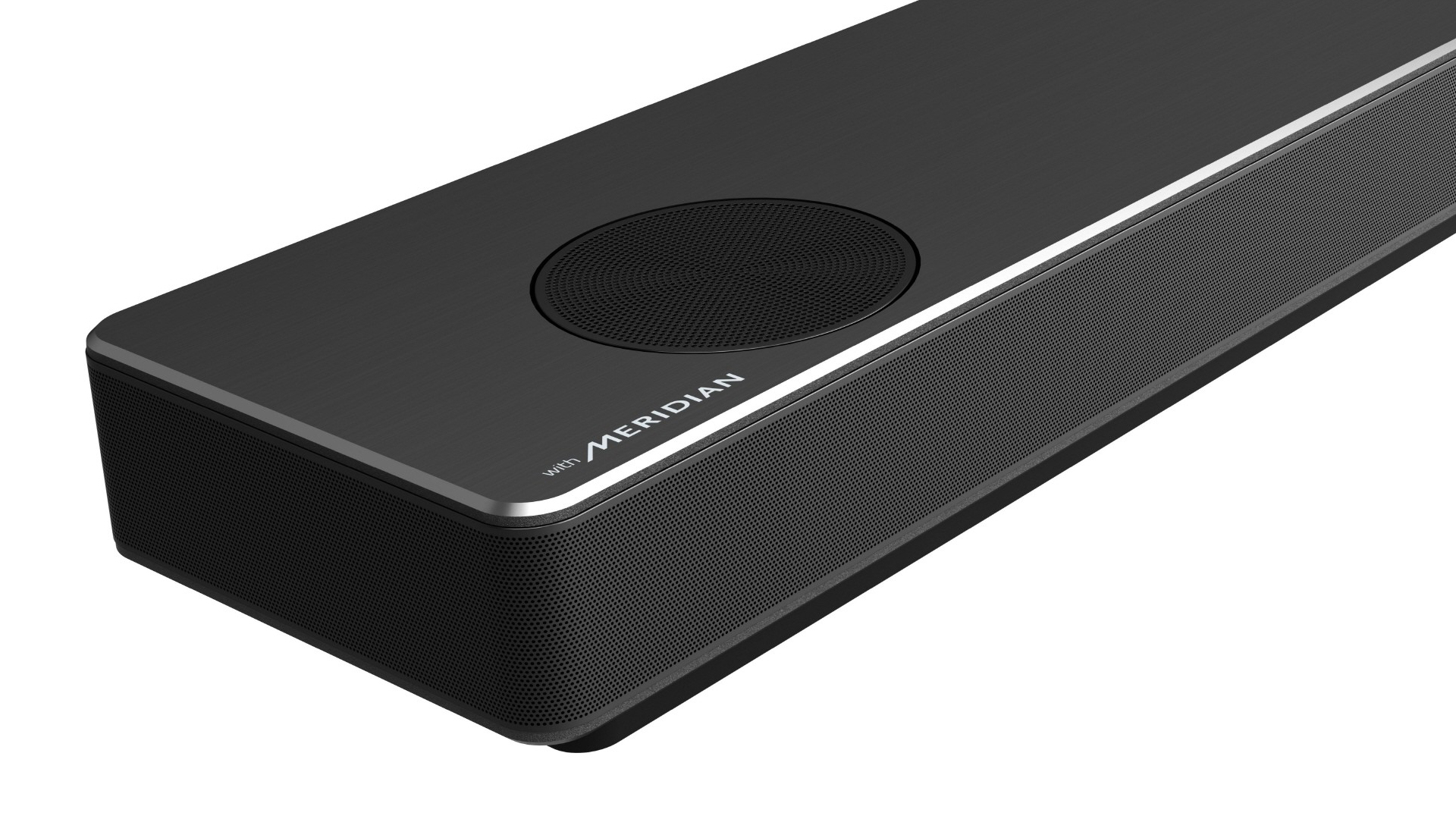
Considering the cost and size of the system, there’s really no getting around the fact that it’s a disappointing performer overall. It even takes a fair bit of coaxing of the EQs to get the Atmos going, the surround speakers firing out properly and to rein in the weight of the subwoofer. Auto calibration simply isn’t up to the task and the app itself is far too basic for one accompanying a £1500 soundbar.
However, once up and running, there’s an even soundfield – it’s just not one filled with quality. We watch the Asia episode of Seven Worlds, One Planet, and the LG does an acceptable job of mapping noises such as birdsong, insect trills and thunderclaps over the jungles into relatively distinct spots within our room, but even here it’s not the performer it should be.
David Attenborough’s voice-over isn’t much to behold via the LG either. The most generous observation is that it has some warmth, but the soundbar’s lack of clarity is ruinous. There’s little in the way of low-level dynamics and that sucks most of the nuance and passion out of the veteran broadcaster’s words.
Even in terms of the larger scale stuff, there’s not an awful lot going on. There’s a slight swell to the strings and the choral music of the show but it doesn’t compare to what the far cheaper, non-Atmos Dali Katch One can manage. The LG’s audio isn’t anywhere clean or tight enough for a soundbar at this price. As the storm hits the jungle, the raindrops come across murky and with poor definition. If we weren’t seeing it, we might not be able to recognise the sound as rain at all.
The subwoofer is one of the better parts of this set-up, but it’s still woefully short of what it should be. It’s a constant low rumbling presence throughout our viewing and occasionally inserts itself loudly into proceedings, but it never appears with enough definition to have a satisfying impact. Instead, it has a soft, formless sonic flavour with no hard-hitting leading edge, and the whole delivery is muddled.
We play a more complex action sequence, such as the tunnel shootout in John Wick 2, and these flaws become even more of an issue. Atmospheric precision and detail are completely swallowed up by this LG’s attempts to recreate the echoey acoustics of the on-screen space.
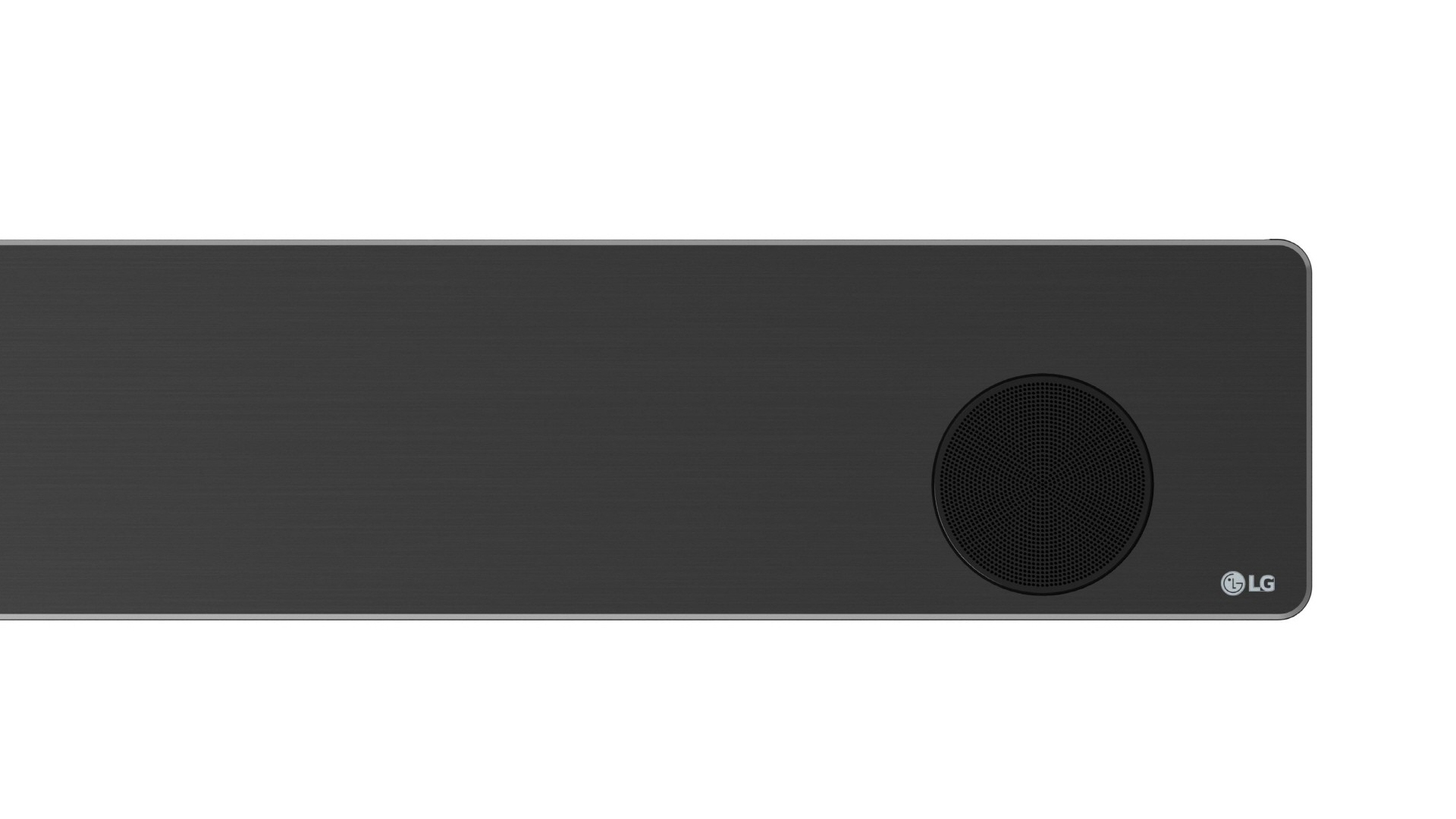
The eerie silence, the muted noises of the city above, the sounds of Wick’s shoes scraping against loose, wet gravel – none of it sounds correct. The one line of dialogue uttered by the hitman is swallowed up so it barely sounds like Keanu Reeves at all. It’s almost as though we’re hearing the words of a rowing coach through a megaphone cycling by on the opposite bank of a river.
Once the action kicks in, the sounds are unforgivably soft. Again, there’s weight, but it’s accompanied by a serious lack of punch. The booms grow as Wick upsizes from pistol to assault rifle to shotgun, but you never get the blast this scene demands. The lack of precision and detail destroys any excitement, as the sounds of bullets, ricochets and mag reloads are lost in the fog.
There is a slight improvement with music. We listen to Glamorous Indie Rock & Roll by The Killers and though the delivery is still woolly, it’s possible to sharpen it up a little with the EQ settings.
Again, the warmth of the delivery helps things a little, and the scratchy vocals are entertaining even if they are upstaged by the buzz of the guitar, but much of the detail is steamrollered. The drum kit is mostly marginalised. There’s little beat and rhythmic drive, but the sound does at least fill the room.
It’s not awful for background music, then, but is that enough for a soundbar costing as much as this? Of course it isn’t.
Verdict
This soundbar requires a lot of investment and offers precious little in return. It does well in terms of features, but that can’t make up for its struggles with sound.
While LG has taken care to make a sizeable Dolby Atmos soundscape, this soundbar lacks the ability to create an authentic sense of place or generate any real excitement. That wouldn’t be good enough at any price, but it’s pretty disastrous at such a high one as this.
SCORES
- Sound 2
- Features 4
- Build 4
MORE:
Read our JBL Bar 9.1 review
Read our Dali Katch One review
What Hi-Fi?, founded in 1976, is the world's leading independent guide to buying and owning hi-fi and home entertainment products. Our comprehensive tests help you buy the very best for your money, with our advice sections giving you step-by-step information on how to get even more from your music and movies. Everything is tested by our dedicated team of in-house reviewers in our custom-built test rooms in London, Reading and Bath. Our coveted five-star rating and Awards are recognised all over the world as the ultimate seal of approval, so you can buy with absolute confidence.
-
soundislife Only 2 Stars! Goodness I have generally agreed with WhatHiFi for years, but this review has prompted me to register just in order to write that I completely disagree. Having heard both the Sonos (Arc) and Sennheiser Ambeo (£hundreds more) single Atmos sound bars, I reckon the genuine surround is better from the LG. Have you put your recommended Jamo S807 (only a 7.1) with the Denon AVR 2600 together against these 3 systems ? Is there a budget AV/Atmos 7.2 Combo to directly compare to the LG SN 11 7.2 system? Personally I do like the Lyngdorf M60 firing Bowers and Wilkins Nautilus front, 800 D3 rears, HTM1 D3 centre, DB1 woofing and Ceiling 591s and 684s, which is astronomical in budget, but the LG is a bargain compared to it.Reply -
squall1 Every other site seems to review this favorably, especially the sound. Curious. Wonder how it was connected...I believe the optical doesn't pass Atmos for example.Reply -
Nelson Terrible review. Iv had this system now for a few months & have never owned a system like this. The bass has to be set on 0 or there's to much bass. You also have the bass blast mode & can turn the bass up to level 5 on two other setting options but that silly as the bass over powers the sound the standard settings deliver very high quality balanced audio & sounds absolutely amazing. Even quality sound across the low, mid & high range is much better then those unbalanced bassy systems. The Dolby Atmos is ridiculously good. After watching a number of movies with atmos then watching movies without it you can clearly hear that something is missing. The gies up to volume 40 & I cant play music past 15 or movies on 20 without risking complaints. Volume 16 is loud enough to enjoy all shows & sometimes is still feel the need to turn it down. Don't worry about only having two HDMI as most TV will come with 4 & with your ARC set up you have plenty of ports. I can go on but I want to mention you can control the levels of speaker output from the front, back, side & up firing speakers to customise a little or less sound from speakers to get your room set up right. I 100% recommend this speaker & you won't be disappointed. Your neighbours might be.Reply -
soundislife Reply
Totally agree 👍Nelson said:Terrible review. Iv had this system now for a few months & have never owned a system like this. The bass has to be set on 0 or there's to much bass. You also have the bass blast mode & can turn the bass up to level 5 on two other setting options but that silly as the bass over powers the sound the standard settings deliver very high quality balanced audio & sounds absolutely amazing. Even quality sound across the low, mid & high range is much better then those unbalanced bassy systems. The Dolby Atmos is ridiculously good. After watching a number of movies with atmos then watching movies without it you can clearly hear that something is missing. The gies up to volume 40 & I cant play music past 15 or movies on 20 without risking complaints. Volume 16 is loud enough to enjoy all shows & sometimes is still feel the need to turn it down. Don't worry about only having two HDMI as most TV will come with 4 & with your ARC set up you have plenty of ports. I can go on but I want to mention you can control the levels of speaker output from the front, back, side & up firing speakers to customise a little or less sound from speakers to get your room set up right. I 100% recommend this speaker & you won't be disappointed. Your neighbours might be. -
gramio I think you guys need to actually read the review rather than just the rating and title. It is quite clear that the rating was based on the fact that the sounds is muddled, spacial positioning is poor and the price point is way too high for the quality provided.Reply
As to the Atmos point here is something that you unfortunately have to hear to believe and/or understand. LG CX has Atmos reproduction on the amp built into the TV. A Naim muso is not even remotely advertised as being Atmos compatible or certified. If you connect Muso to a CX via optical with Atmos on the TV turned on you can most certainly experience spacial positioning. That's not to say that the position of objects is correct and that's exactly what the review was talking about. -
soundislife Reply
I did read the review and I disagree with it and with your reply - if you have listened to the unit, then you’ve heard different sounds to me, so our opinions differ.gramio said:I think you guys need to actually read the review rather than just the rating and title. It is quite clear that the rating was based on the fact that the sounds is muddled, spacial positioning is poor and the price point is way too high for the quality provided.
As to the Atmos point here is something that you unfortunately have to hear to believe and/or understand. LG CX has Atmos reproduction on the amp built into the TV. A Naim muso is not even remotely advertised as being Atmos compatible or certified. If you connect Muso to a CX via optical with Atmos on the TV turned on you can most certainly experience spacial positioning. That's not to say that the position of objects is correct and that's exactly what the review was talking about.
This LG unit sounds spatially clear to me and although I have listed my set up, the LG is an amazing piece of kit for the money and especially compared to equivalently priced competition as I have already written.
I recommend this LG unreservedly. -
reev Reply
Unfortunately, I agree with this review. The bass is terrible, even setting all the bass sliders to the maximum level doesn't save it.Nelson said:Terrible review. Iv had this system now for a few months & have never owned a system like this. The bass has to be set on 0 or there's to much bass. You also have the bass blast mode & can turn the bass up to level 5 on two other setting options but that silly as the bass over powers the sound the standard settings deliver very high quality balanced audio & sounds absolutely amazing. Even quality sound across the low, mid & high range is much better then those unbalanced bassy systems. The Dolby Atmos is ridiculously good. After watching a number of movies with atmos then watching movies without it you can clearly hear that something is missing. The gies up to volume 40 & I cant play music past 15 or movies on 20 without risking complaints. Volume 16 is loud enough to enjoy all shows & sometimes is still feel the need to turn it down. Don't worry about only having two HDMI as most TV will come with 4 & with your ARC set up you have plenty of ports. I can go on but I want to mention you can control the levels of speaker output from the front, back, side & up firing speakers to customise a little or less sound from speakers to get your room set up right. I 100% recommend this speaker & you won't be disappointed. Your neighbours might be. -
eli-ant Replyreev said:Unfortunately, I agree with this review. The bass is terrible, even setting all the bass sliders to the maximum level doesn't save it.
Since the latest firmware update (version 2106150), there’s been a noticeable positive difference with the soundbar.
Regarding bass, may depend on the room or perhaps a faulty sub because I need to turn mine way down otherwise it’s too boomy, in my opinion. -
ROQ I don't understand the lack of bass and muddled sounds issues I've read about.Reply
The bass on mine is turned down as it shakes my flat before it's maxed out. Could it be that people haven't set theirs up properly. There are additional settings on the phone app.
The audio clarity and separation is also quite good.
Now with Spatial Audio on Apple Music, listening to those tracks are something else. My room is oddly shaped but you can still hear the different instruments up and around the room. I much prefer the Dolby Atmos from the SN11 than the Spatial Audio on the AirPods Pro.
I've had surround sound and Dolby Atmos set ups before this - I have to say this is the best I've had. It's not perfect, but it's not far off.
I was lucky to get it for just under £700. -
Reply
Maybe. I couldn’t set mine up properly. I bought it for just under £700 when they dropped the price - Currys I think it was? I couldn’t get the rears to connect to It either. Was my first sound bar though.ROQ said:I don't understand the lack of bass and muddled sounds issues I've read about.
The bass on mine is turned down as it shakes my flat before it's maxed out. Could it be that people haven't set theirs up properly. There are additional settings on the phone app.
The audio clarity and separation is also quite good.
Now with Spatial Audio on Apple Music, listening to those tracks are something else. My room is oddly shaped but you can still hear the different instruments up and around the room. I much prefer the Dolby Atmos from the SN11 than the Spatial Audio on the AirPods Pro.
I've had surround sound and Dolby Atmos set ups before this - I have to say this is the best I've had. It's not perfect, but it's not far off.
I was lucky to get it for just under £700.

